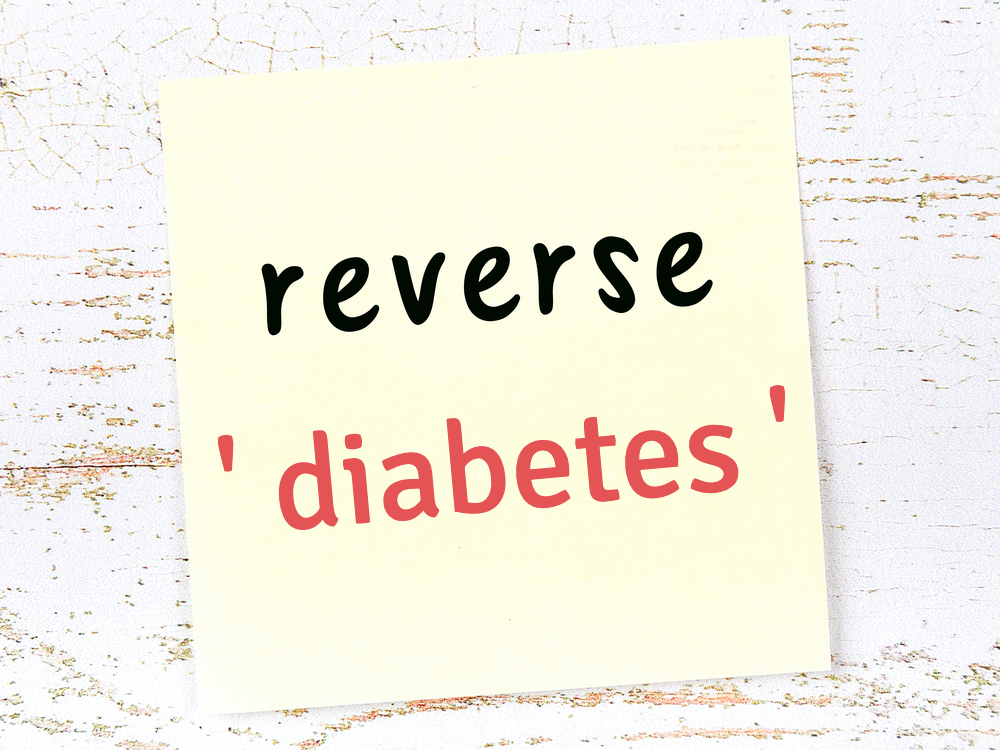Diabetes Reversal with Dr. Ravi Kiran

This page is your trusted guide to understanding diabetes, designed and written by Dr. Ravi Kiran, General Physician & Diabetologist at ONUS Robotic Hospitals. Whether you’ve just enrolled in our 45-Day Diabetes Reversal Program or are simply seeking clarity on diabetes, you’ll find reliable answers and practical information here.
🧠 What Is Diabetes?
Diabetes mellitus is a chronic metabolic disorder where the body either does not produce enough insulin or cannot effectively use the insulin it produces. This leads to elevated blood glucose (sugar) levels, which can damage vital organs over time.
Types of Diabetes:
Type 1 Diabetes – Autoimmune condition, usually early onset
Type 2 Diabetes – Most common, related to lifestyle and insulin resistance
Gestational Diabetes – Develops during pregnancy
📉 Can Diabetes Be Reversed?
For Type 2 diabetes (especially in the early stages), reversal is possible by restoring insulin sensitivity and reducing fat in the liver and pancreas. This is not a cure, but it can lead to normal blood sugar without medications.
Reversal typically includes:
Structured diet
Exercise
Weight loss
Stress reduction
Regular follow-up and lifestyle changes
🔁 Common Misconceptions
| Myth | Truth |
|---|---|
| “Diabetes is always permanent.” | Many cases of Type 2 can be reversed or put into remission. |
| “Only sugar causes diabetes.” | Total lifestyle, processed carbs, stress, and inactivity contribute. |
| “I have no symptoms, so I’m fine.” | Diabetes can be silent for years – screenings matter. |
| “Once on insulin, always on insulin.” | With structured programs, medication needs can reduce. |
📊 How Is Diabetes Diagnosed?
Fasting Blood Sugar ≥ 126 mg/dL
Postprandial Blood Sugar (PPBS) ≥ 200 mg/dL
HbA1c (3-month average) ≥ 6.5%
📌 How Can I Prevent or Delay Diabetes?
Maintain a healthy body weight
Avoid sugary and refined foods
Stay physically active (at least 150 minutes/week)
Sleep 6–8 hours/day and manage stress
Do annual health checkups, especially if family history exists
🩺 Symptoms to Watch For
Frequent urination
Increased thirst and hunger
Fatigue
Blurred vision
Unexplained weight loss
🧾 Understanding HbA1c & Glucose Targets
| Category | Ideal HbA1c | Fasting Sugar | PPBS |
| Normal | < 5.7% | 70–99 mg/dL | <140 mg/dL |
| Pre-diabetes | 5.7–6.4% | 100–125 mg/dL | 140–199 mg/dL |
| Diabetes | ≥ 6.5% | ≥126 mg/dL | ≥200 mg/dL |
🧘 Lifestyle Changes That Matter
Walk for 10–15 minutes after every major meal
Include protein in each meal
Follow structured meal timings
Use a habit tracker for sleep, water, and movement
🥗 What Should a Diabetic Diet Look Like?
Balanced plate: ½ veggies, ¼ protein, ¼ complex carbs
Avoid white rice, sugar, bakery items
Prefer low GI fruits (apple, guava, berries)
Hydrate well (3+ liters/day)
Download your personalized 1200, 1400, 1600, or 1800 kcal diet plan from our program resources.
💬 Frequently Asked Questions
1. Can I stop all medicines after reversal?
Not immediately. Tapering is guided by labs and your doctor.
2. Should I avoid fruits completely?
No. Low GI fruits are encouraged in moderation.
3. Is intermittent fasting safe?
It can be helpful under medical supervision.
4. Can I eat rice?
Brown rice or small portions of hand-pounded rice are better. Pair with protein and fiber.
🤝 Still Have Questions?
Reach out to us via WhatsApp or book a follow-up consultation. Education is your first medicine.
📞 +91 8019582050
Stay informed. Stay in control. 🌿